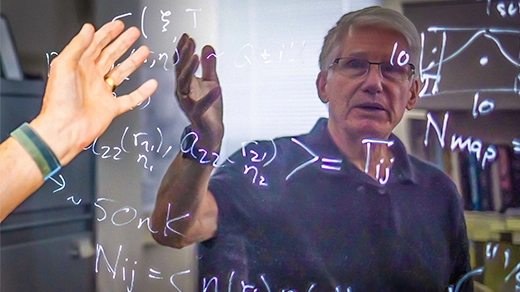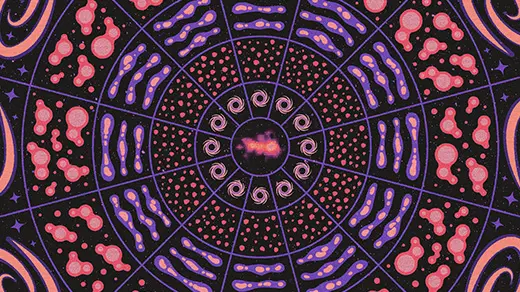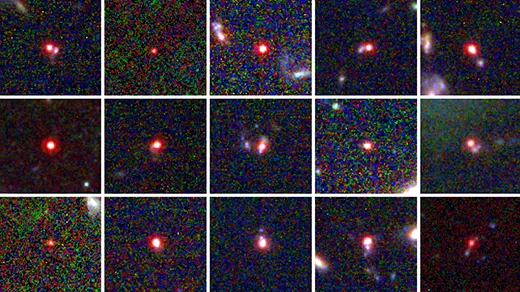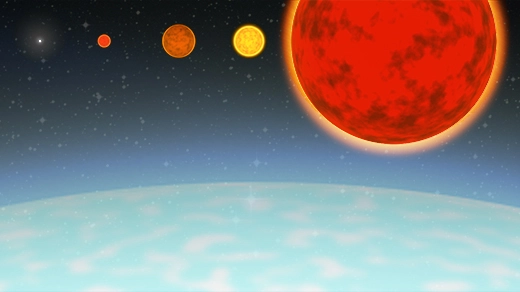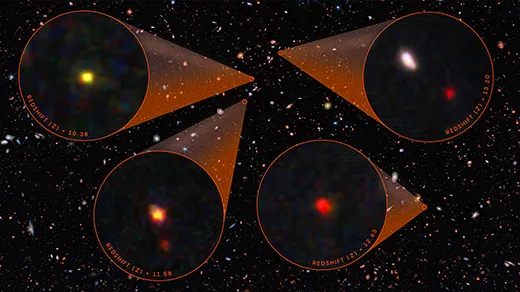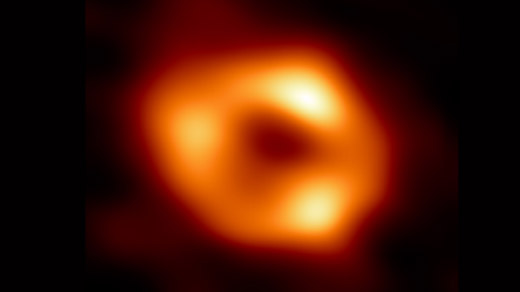What's up in
Telescopes
Latest Articles
The Biggest-Ever Digital Camera Is This Cosmologist’s Magnum Opus
Tony Tyson’s cameras revealed the universe’s dark contents. Now, with the Rubin Observatory’s 3.2-billion-pixel camera, he’s ready to study dark matter and dark energy in unprecedented detail.
The Road Map to Alien Life Passes Through the ‘Cosmic Shoreline’
Astronomers are ready to search for the fingerprints of life in faraway planetary atmospheres. But first, they need to know where to look — and that means figuring out which planets are likely to have atmospheres in the first place.
How Will We Know We’re Not Alone?
The first planet beyond our solar system was identified just 30 years ago. Since then, thousands have been found and characterized. As we look for more, exoplanet experts are also probing for signs of alien biospheres hundreds of light-years away. In this episode, co-host Janna Levin speaks with astrophysicist and astrobiologist Lisa Kaltenegger about how we’ll know we’re not alone in the cosmos.
The ‘Beautiful Confusion’ of the First Billion Years Comes Into View
Astronomers are reveling in the James Webb Space Telescope’s discoveries about the formative epoch of cosmic history.
JWST Spots Giant Black Holes All Over the Early Universe
Giant black holes were supposed to be bit players in the early cosmic story. But recent James Webb Space Telescope observations are finding an unexpected abundance of the beasts.
Astronomers Say They Have Spotted the Universe’s First Stars
Theory has it that “Population III” stars brought light to the cosmos. The James Webb Space Telescope may have just glimpsed them.
Standard Model of Cosmology Survives a Telescope’s Surprising Finds
Reports that the James Webb Space Telescope killed the reigning cosmological model turn out to have been exaggerated. But astronomers still have much to learn from distant galaxies glimpsed by Webb.
A Dream of Discovering Alien Life Finds New Hope
For Lisa Kaltenegger and her generation of exoplanet astronomers, decades of planning have set the stage for an epochal detection.
Black Hole Image Reveals the Beast Inside the Milky Way’s Heart
In 2019, the Event Horizon Telescope released a historic image of a supermassive black hole in another galaxy. The follow-up — an image of Sagittarius A* — shows it shimmering at the center of our own.
